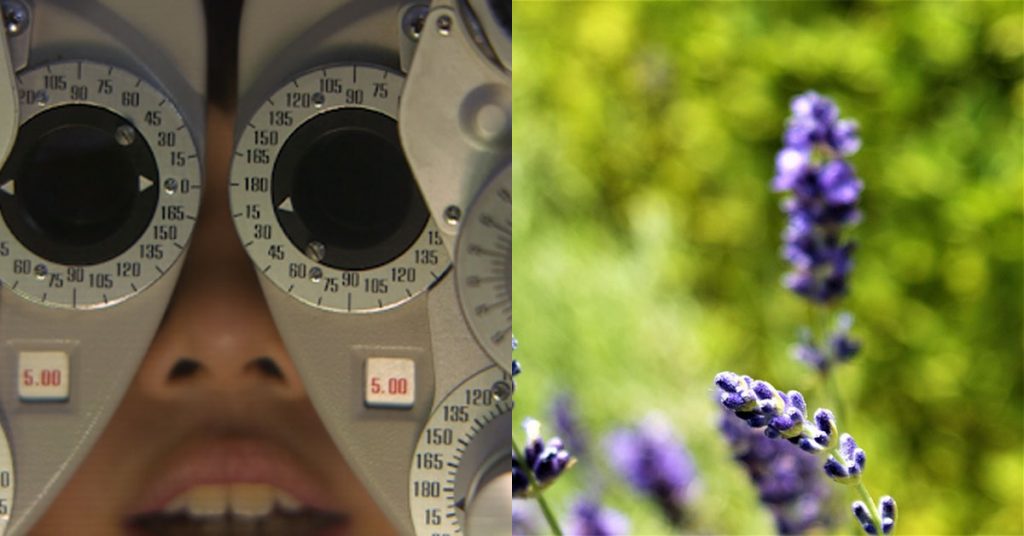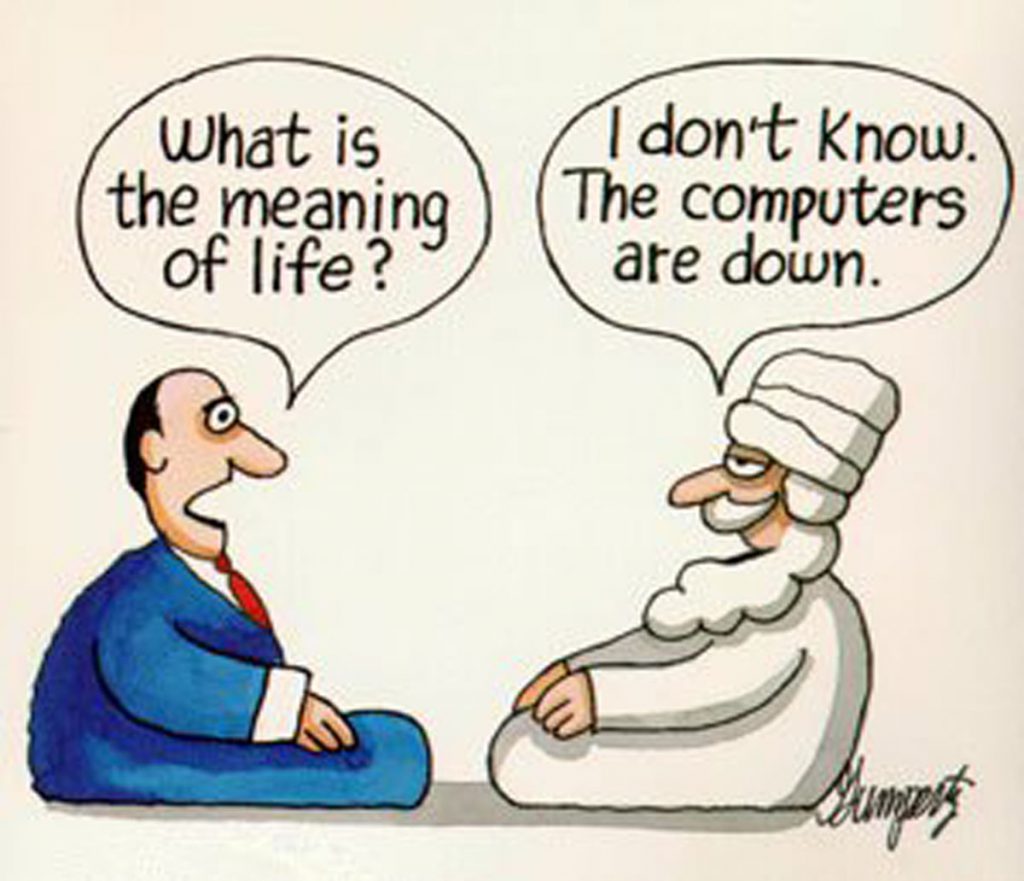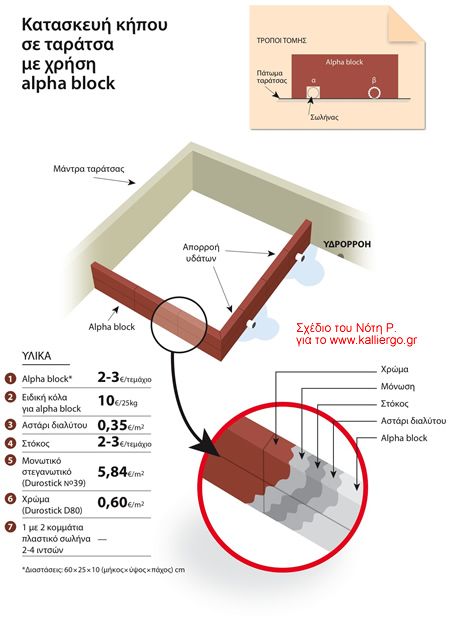Myopia is a condition of the eyes in which you cannot see clearly in the distance. In high degrees of myopia it can lead to blindness or other serious eye diseases.
Since 2010, there has been an epidemic of myopia in children in East and Southeast Asia, but also in Europe and America where the rates of children suffering from myopia are also increasing very rapidly.
80% to 90% of young people in East and Southeast Asia are myopic. A 10% to 20% have very high myopia.
And very high myopia can lead to blindness. As the eye becomes deformed and instead of round it becomes oval (this is the physiology of myopia), the retina cannot follow. So it breaks, is destroyed and blindness or very serious vision problems occur.
The epidemic of myopia in young people is an alarming phenomenon that has puzzled many medical researchers in Asia and Europe.
Some have said it is due to genetic factors. If one or both parents have myopia, then the children will also have myopia.
Some said it was due to the ever-increasing use of mobile phones and computer screens. Devices that children see up close for hours on end. The eyes get used to seeing only close up and find it difficult to see far away.
And yet the cause of increased myopia lies elsewhere
Children and young people who develop myopia don’t get out enough. They do not see sunlight, especially the blue spectrum of sunlight, for several hours a day.
This was the result of research by Australian ophthalmologist Ian G. Morgan and experimental verification in schools in Taiwan (Taiwan).
Children and young people who develop myopia spend too many hours of the day in low-lit buildings. Illumination provided by the standard light bulbs we all use. Lighting that has nothing to do with the intensity and spectrum of sunlight.
And they sat inside because they studied and read for many hours a day in Asia or in front of the TV and games in other parts of the world.
The intensive education systems that are in place in East and Southeast Asian countries lead children and young people to spend many hours of the day in front of a book, on a computer, on a tablet.
Not going out often. Not to go out into nature. Not to visit the school garden. Do not expose themselves to bright sunlight.
The same happens in Europe and other western countries like the USA. That’s why there too, the number of children and young people who have myopia is increasing.
Instead of going out in the sun, they stay indoors, watching TV, playing games and browsing social networks.
And inside the house, there is usually lighting that has nothing to do with bright sunlight.
Conclusion
The more hours children and young people spend in nature, bathed in high-intensity sunlight, the less likely they are to develop myopia.
Teach your children and grandchildren early on to get out in the garden, in nature.
Show them the secrets and wonders that surround them.
Not only will they become wiser and better people, but they will also see better. Literally and figuratively.
The reason for this article
The impetus for this article and the short research was the documentary “The myopia boom” that I saw on ERTFLIX.
In its description it said:
“Myopia has reached epidemic levels. Some scientists believe they have found the cause of this phenomenon.
In East Asia there has been an unprecedented increase in myopia cases. Today, up to 90% of Chinese teenagers and young people have been diagnosed with the condition.
Similarly, a dramatic increase in the number of people with myopia is also found in other parts of the world, reaching around 50% of young people in the USA and Europe. It is estimated that by 2050 there will be almost half a billion myopes worldwide.
In severe cases, eyeball deformity increases the risk of retinal detachment, cataracts, glaucoma, or even blindness. About one-fifth of student-aged people in East Asia have extreme forms of myopia, and half of them are expected to suffer irreversible vision loss.”
As a myopia sufferer from a young age I was intrigued and really learned a lot!





